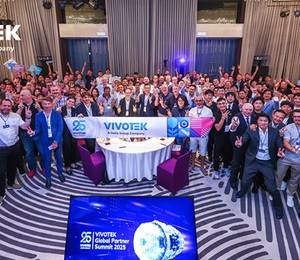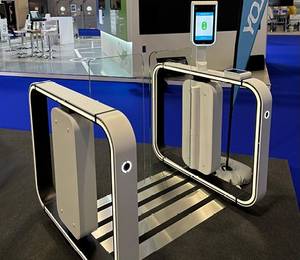One-in-five manufacturers aren’t confident that their cybersecurity program can address IoT security concerns.
Seventy-two percent of manufacturers say they’ve seen increases in productivity and 69% hav seen increases in profitability thanks to IoT adoption. That’s just one of the findings in the “MPI Internet of Things Study,” sponsored by BDO.
According to the study, 50% of plant production and equipment is now being managed via the IoT. Despite this good news, the study also found that many manufacturers are falling short when it comes to making room in their budget for IoT cybersecurity and research & development (R&D). Nineteen percent say they are not sure or confident that their current cybersecurity strategies can handle IoT-related security concerns, and 58% said they had no plans to claim tax credits and incentives for their IoT investments. Approximately 37% said they didn’t even know those credits even existed.
“No manufacturer, regardless of size or ingenuity, is immune to technology disruption. The question companies need to ask themselves isn’t whether they can afford to invest in the future of manufacturing; it’s whether they can afford not to,” says Rick Schreiber, partner and national leader of BDO’s manufacturing and distribution practice.
IoT security
The study also found that 27% of manufacturers don’t have any kind of security policy for their vendors or supply chain partners. Roughly 47% said they include cybersecurity in the product concept and design stages, 21% wait until production, 18% until quality control, and 10% don’t bother with security at all.
“A data breach can result in angry customers and lost business, particularly if the victim company is deemed cyber negligent,” notes Shahryar Shaghaghi, head of international cybersecurity for BDO. “And for manufacturers that sell to highly regulated industries or the government, an insufficient cyber posture—even if they haven’t had a data breach—can knock them out of the running for new business or result in terminated contracts.”
Finally, the study found that 79% of manufacturers are investing in the IoT, and 31% say budget is their biggest challenge to launching an IoT deployment. Despite this, only 43% plan to claim tax credits for their IoT-related R&D efforts.
“The objective of R&D credits and incentives is to incentivize exactly the type of progress manufacturers are trying to achieve. Qualifying activities don’t need to be flashy or revolutionary, though, or even succeed,” says Chris Bard, tax partner and R&D practice leader at BDO. “If you’re trying to make products, processes or software better, faster, cheaper or greener, you probably qualify.”











